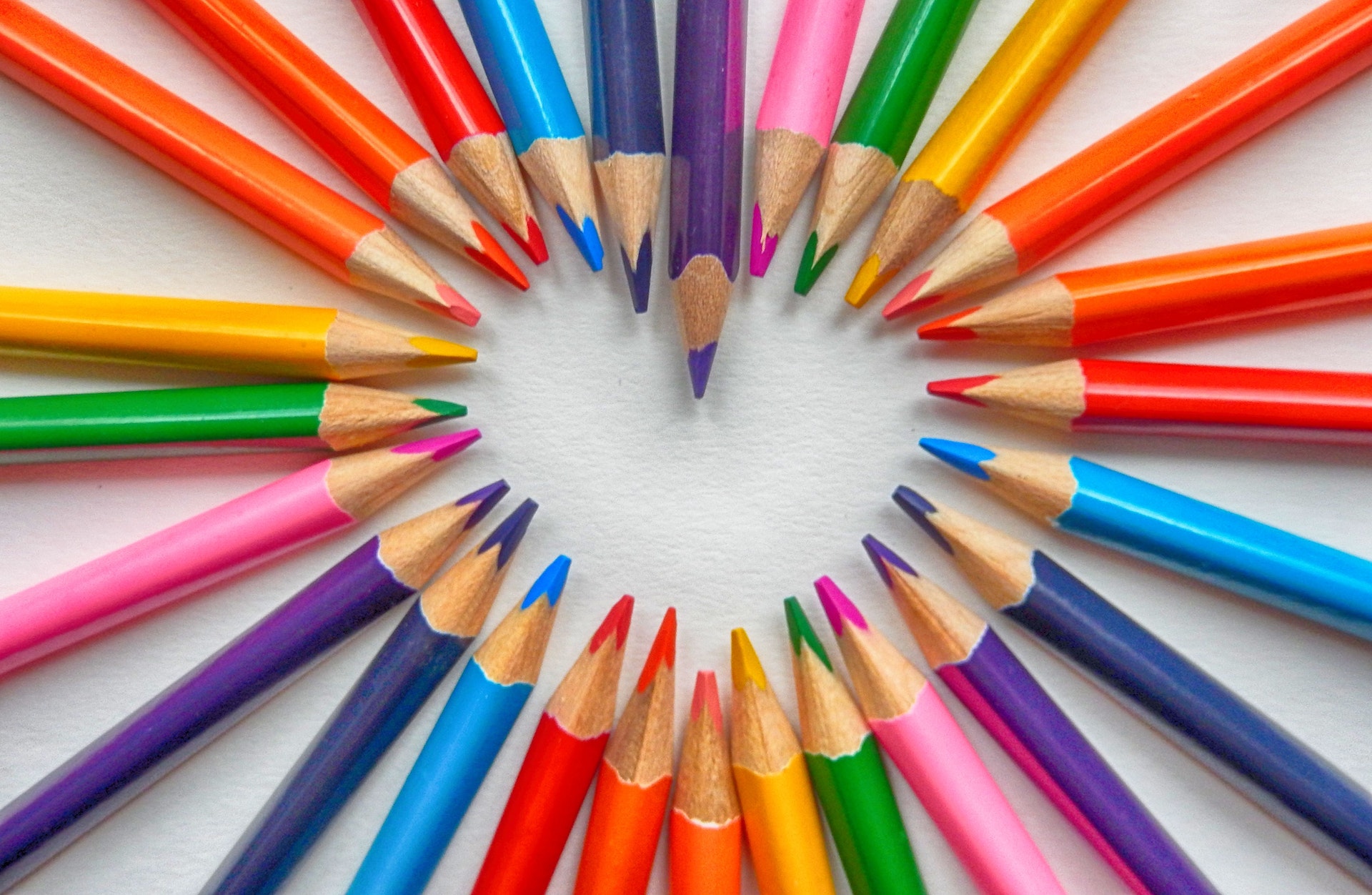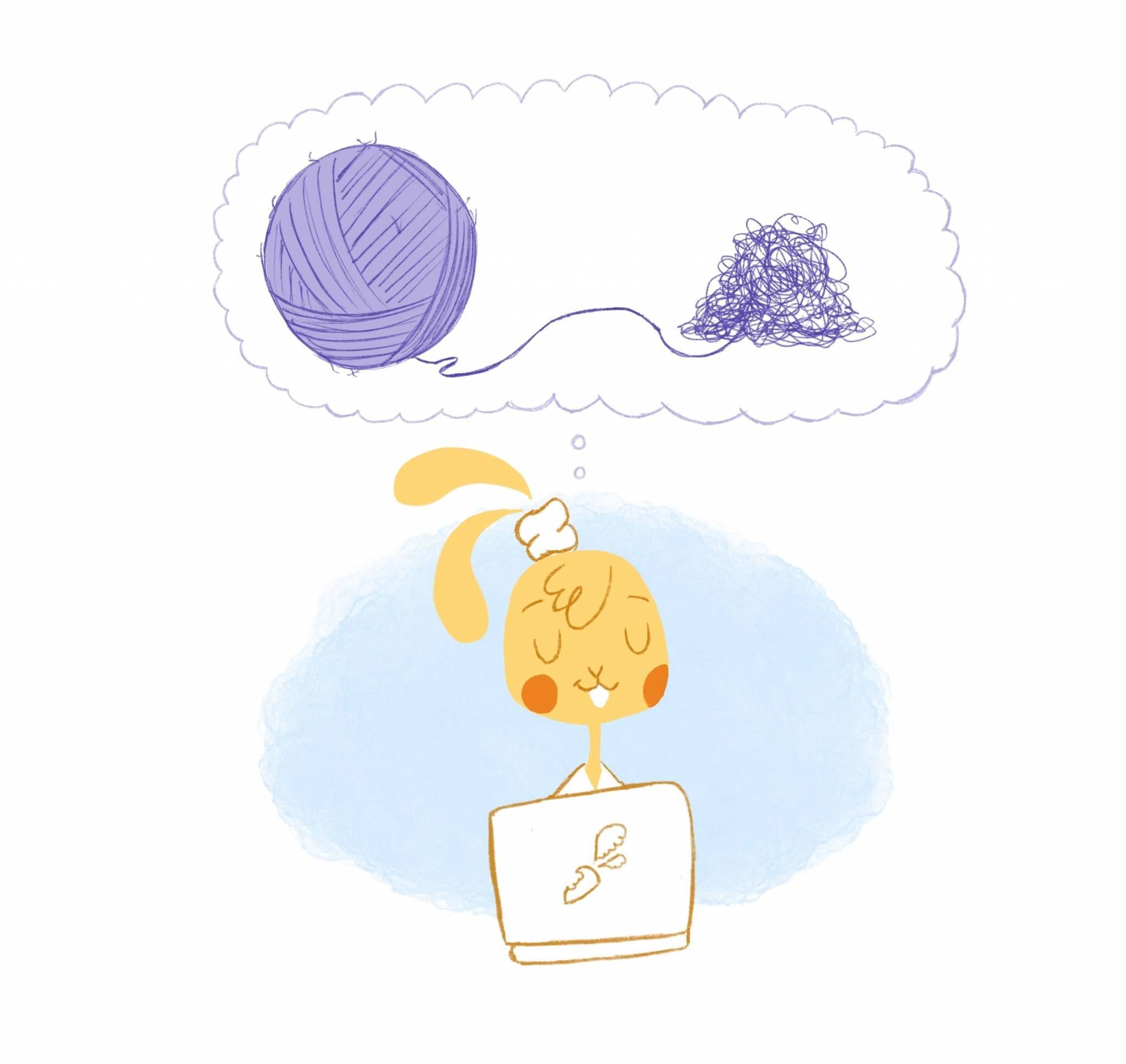

It is becoming more and more apparent that colors in the office have a significant effect on productivity. The psychology of color is now being taken seriously by major corporations in the workplace to enhance employee productivity and well-being. If you want to improve the culture and profitability of your company, investing in an optimal workplace environment makes sense.
The effect of colors in the workplace on productivity.
Researchers at the University of Texas have found that colors affect employees’ productivity and mood by triggering different reactions in the brain.
There’s a theory that bland colors like beige, white, and gray cause depression. Bright colors are particularly attractive to women because they are more receptive to them. Men, however, feel depressed and melancholy when they work with colors like orange and purple.
However, according to scientific research, there’s more to colors than just changing our moods. Colors also play a pivotal role in our productivity.
To make an office feel creative and energetic, use vibrant colors. After all, people feel motivated and productive at work when the colors are bright and stimulating.
Related: How the Color of Your Office Impacts Productivity (Infographic)
Creating an engaging workspace with motivating colors.
Some colors might inspire or make you feel happy, but others might make you feel calm and focused. By understanding how different colors work in various settings and industries, you may be able to select the best color for your work environment.
Following are a few motivating colors that may help create a more engaging work environment:
Blue: An office’s most efficient color.
According to many studies, blue is deemed the ultimate color to promote productivity and well-being in the workplace. According to Lund University’s research, a blue-painted room is especially beneficial for those who work in fast-paced, demanding jobs. This is because blue is a harmonious color that relieves stress and doesn’t disrupt the brain’s focus. In turn, you can complete your tasks more efficiently.
In addition to promoting feelings of calm and tranquility, blue can also stimulate the mind, according to psychologists. It might be nice to have blue around the office where you do technical or intellectual stuff. In specific workplaces, mental quickening and serene feelings may promote adaptability.
Furthermore, blue may evoke feelings of dependability and trust, so painting the executive’s office door or walls blue might be a good idea. Employees may feel more dependable and confident as a result.
In the workplace, blue is popular because it’s liked by both sexes. Caféterias, conference rooms, and waiting rooms are shared spaces where this color can be prevalent.
Be careful with blue in the office, though. Cold blue shades make a workspace feel uninviting. Therefore, employees will feel less comfortable, and they’ll be less productive.
The best way to choose a blue shade for your office or home spaces is to test how it looks in both natural and artificial lighting.
Related: 10 Ways to Create a More Productive Work Environment
Yellow: The color of creativity at work.
Lee Chambers, an environmental psychologist and well-being consultant, said yellow is often considered the color of creativity, which is why it often appears in innovation labs and other creative environments.
The color yellow is also known to stimulate enthusiasm, positivity, and mental clarity, which makes it an excellent choice for the workplace. As well as encouraging creativity and decision-making, the color creates an energizing atmosphere. Influencing employees’ moods and perspectives may increase productivity and collaboration. Psychologists have found that yellow can help employees feel motivated and confident at work by aiding memory, self-esteem, and optimism.
Feature this color if you work in a creative industry that relies on collaboration and exchanging ideas, as it can boost innovation and keep employees happy. In addition, entrepreneurs and innovators may find yellow inspiring or keep them optimistic about their ventures.
When used in small doses, yellow can be an attractive color that can increase efficiency at work without overwhelming employees. In addition, flowers, yellow-leaved plants, and interior accessories like desk lamps and candles can bring yellow into the workplace.
Green: Promotes a calming and harmonious work environment.
Since green is associated with nature and the outside world, it is not surprising that it is considered calming and harmonious. Due to their positive effect on the air and visual appeal, plants have been shown to boost productivity, creativity, and overall happiness in the workplace.
What’s another positive about green? It is a good choice for those who work long hours or suffer from screen-induced eye strain since it causes less eye fatigue.
While it has calming effects similar to blue, research shows that it produces less benefit for productivity but higher well-being benefits. As such, green makes for a great color to balance productivity and well-being.
Adding plants and foliage can bring some green to the office. The ideal place would be in an area with a high volume of visitors or action, such as a lobby or office break room.
Another suggestion? Consider painting the walls of your storefront or business in green hues, whether internal or external.
Red: Active and stimulating.
Power and excitement can be associated with red, which is known as a highly stimulating color. As long as it is used sparingly, a splash of red in the office can boost employee stimulation and reduce stress in the workplace.
In active workspaces requiring active workers, red is a good choice as it can capture workers’ attention and energize us. Chambers says that studies have found that the emotional and passionate fire of red elevates blood flow and heart rate, making it ideal for fast-paced or physically demanding work environments.
Another study by the University of British Columbia found that red boosts performance when employees perform tasks that require detailed attention, such as proofreading.
When used wisely, red can have its benefits. An excessive amount can easily cause overstimulation. Using it in small splashes or combining it with another color, like blue, will increase productivity.
Business leaders may paint various aspects of their offices or storefronts red to inspire mental and physical energy and endurance in their employees. Additionally, your office or workspace can benefit from red accent walls or when highlighting key features on paperwork or in a project plan.
Orange: Encourages high activity levels and increases productivity.
If you want to increase employee productivity, orange is an excellent color to integrate into the work environment. Orange may evoke feelings of enthusiasm, activity, and endurance, all of which can boost efficiency and make them more productive. In addition, as a combination of red and yellow, it may boost mood, activity, and endurance.
Employers may be able to stay engaged and focused on their responsibilities by including orange in their working environment. However, according to researchers, orange can elicit strong reactions from individuals, so it’s probably best to use it more sparingly than other colors.
Plants and flowers are a subtle way to incorporate orange into different work environments. Using orange in small highlights on tiles or carpets also works.
Purple: Promotes creativity as well as serenity.
The presence of purple in a workplace may inspire feelings of confidence and mental awareness among staff members. In addition, the use of this color promotes creativity, intuition, and artistic ability, which can enhance innovation and decision-making capabilities. Using purple in an office or work environment may be especially beneficial for designers and marketers.
Employees may feel motivated and engaged if they feel like they’re representing a prestigious brand when wearing dark purple hues. There’s also an association between purple and ambition, which can boost your creativity, focus, and efficiency.
Adding purple artwork can help incorporate the color. Depending on how well your artwork aligns with your brand, it may also contribute to feelings of sophistication and creativity. Purple carpeting and rugs are other ways to bring purple into the workplace.
Related: How Entrepreneurial Creativity Leads to Innovation
Gray: Can be stylish, sophisticated, sleek, and modern.
Whenever executives discuss business deals or plan administrative procedures, the color gray may invoke feelings of neutrality and reliability. Psychologists say light gray is inspiring and motivating, so keep that in mind. Gray is also calming when combined with soothing colors like blue or green.
Businesses that prefer a sleek and modern backdrop in offices and meeting rooms use light gray. However, if you want a more contemporary look for your office, include gray accent furniture such as desks and coffee tables, which could create a more modern feel than brown wooden pieces.
Light gray is not overwhelming or eye-fatiguing, even if you use more dramatic colors as accent walls.
White: Suitable for clinical and clean settings.
About 54% of workers have their home office painted white. However, white is not really good for productivity, creativity, or even happiness. In the workplace, white is dull and uninspiring.
That’s why it’s most appropriate for clean or clinical workplaces.
White isn’t off limits for the workplace, though. For example, it can make small spaces seem larger, brighter, and cleaner. Also, since white coordinates with almost all colors, mixing it up in a room is easy. So, when using white, use it in conjunction with colors.










John Rampton
John’s goal in life is to make people’s lives much more productive. Upping productivity allows us to spend more time doing the things we enjoy most. John was recently recognized by Entrepreneur Magazine as being one of the top marketers in the World. John is co-founder and CEO of Calendar.